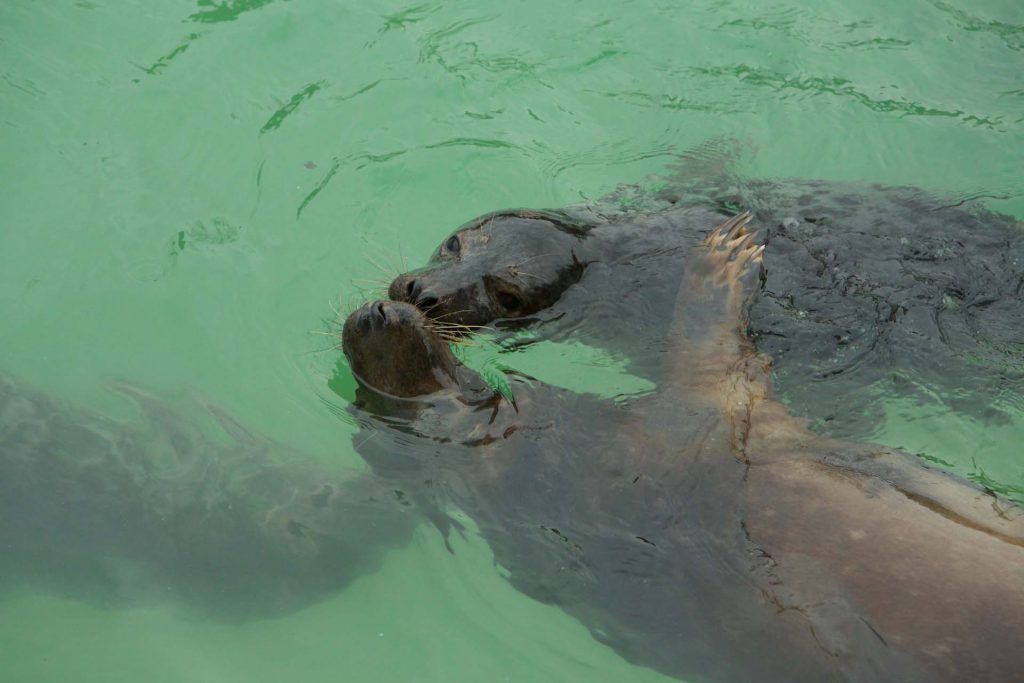Lundy Special Areas of Conservation created by the British Government
Lundy offers diversified landscapes; on the west side, exposed to the Atlantic, there are high and rugged cliffs, on the east, sheltered from the prevailing wind, the coastline is gentler with grassy slopes, trees and many types of wild flowers. This contrast explains the rich diversity of the island’s animal and plant life and its attraction to walkers, climbers and divers.
Lundy attracts many visitors for various reasons; the sea is clear, the landscape spectacular, and at night, without competition from street lights, it is truly dark and the stars shine with unfamiliar brilliance.
A highly protected island
Lundy is one of the Special Areas of Conservation created by the British government. It was set up in 1986 and is considered an area of national scientific interest due to the presence of rare species such as jewel anemones and gorgonian corals as well as eight different species of coral.
Lundy is home to protected underwater treasures
Lundy Island also became the first Marine Conservation Zone in England in 2010 to allow the protection of marine habitats and of certain species of crab and lobster. It also complements an area where trawling and drift netting has been banned. It is jointly managed by the Natural England Organisation and the Devon Sea Fisheries Committee. The effects of the measures taken are assessed with the collaboration of the MBA in Plymouth. Growth has been recorded in the populations of lobsters and crabs beyond the protection area but there are less swimming crabs especially due to predation by lobsters. It is to be noted that Lundy has the first no-take zone in the UK since 2003.




